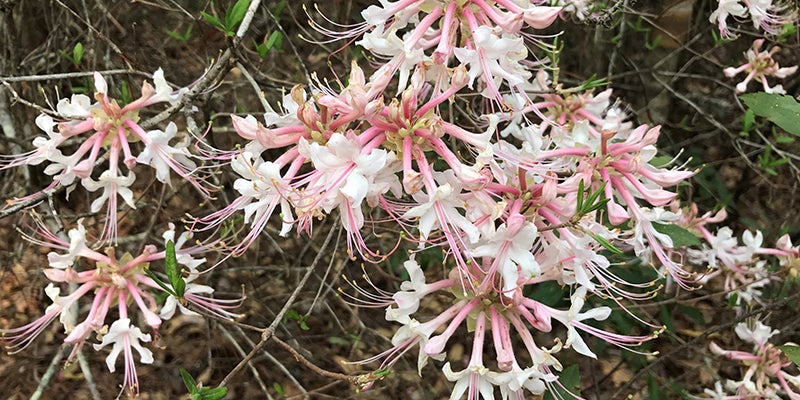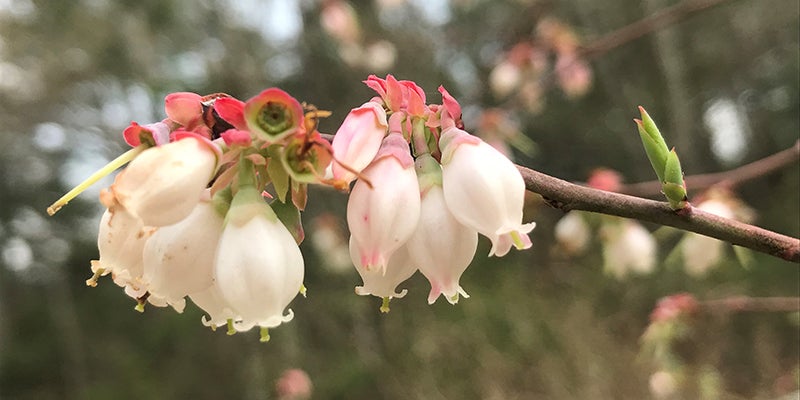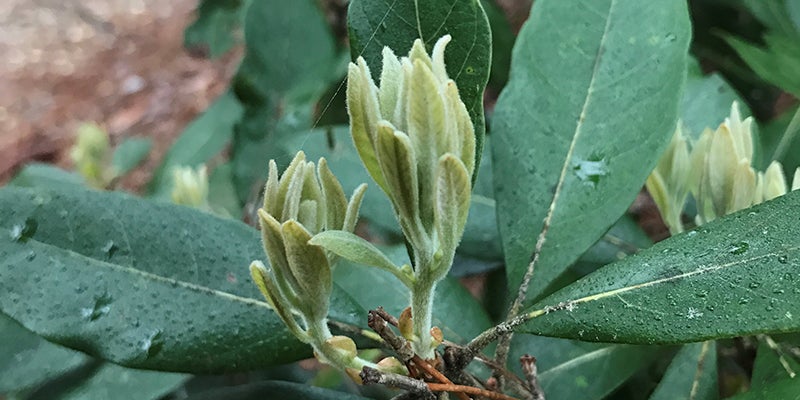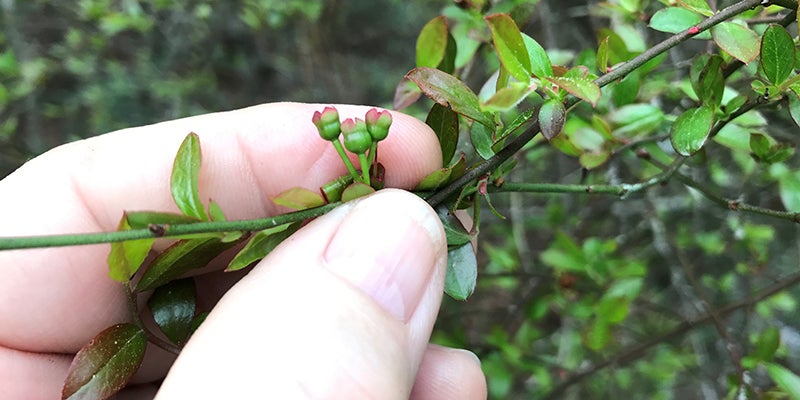Come and enjoy the wonderful spring weather at the Arboretum
Published 6:00 pm Wednesday, March 18, 2020
By Patricia R. Drackett
Director, The Crosby Arboretum, Mississippi State University
Assistant Extension Professor of Landscape Architecture
This past weekend, we noticed there were more visitors than usual out on the grounds enjoying the incredible spring weather. There have been so many blooms lately! The pink honeysuckle azalea is flowering near the Pinecote Pavilion, blue flag Iris are unfurling at the edge of the pond, and we are anticipating the first pitcher plant blooms in the south pitcher plant bog.
Although the Arboretum has postponed March programs and events due to the COVID-19 situation, including our spring plant sale which was planned for this weekend, we will be open regular hours from Wednesday through Sunday from 9 a.m. to 4:30 p.m. Come take a walk around our three miles of trails that pass through our Savanna, Woodland, and Aquatic exhibits!
Remember, we are dog-friendly, so bring your canine companions along. They will find a pet watering station on our Visitor Center deck (although they may enjoy a drink from our fountain on the pathway approaching the Pinecote Pavilion.
Our Spring Native Plant Sale has been rescheduled for Friday and Saturday, April 3 and 4, and a plant list has been posted on our Facebook page and distributed via our email listserv. If you would like to sign up to receive notices of Arboretum programs and events, you may do this from our website (www.crosbyarboretum.msstate.edu).
If spring planting fever is taking a hold of you, take a look at the abundant research-based information specific to Mississippi on the Smart Landscapes site (http://extension.msstate.edu/smartlandscapes). I highly recommend two outstanding publications you may view or download from the Extension site that will guide you with your spring landscape projects. The first is MSU Extension Publication No. 2698, “Home Landscape Design,” which will take you through the steps for creating a landscape plan and how you can avoid some of the most common landscape planning mistakes.
You’ll find many landscaping and gardening topics specific to Mississippi gardens on the Smart Landscapes site, including Extension Publication No. 2402 on “Establishing a Backyard Wildlife Habitat.” This is an informative handbook that outlines the basic needs of wildlife, and how to provide for them.
For example, plant a diversity of “layers” in your yard – plants of all heights and forms – to offer wildlife a wide selection of habitats to live and breed within, as well as providing them with plants that provide flowers and food for every season of the year. You may search for either of these publication by their titles in the search field on the Extension home page or from the Publications webpage, to read or download.
One common question is how one should amend the planting pit for trees or shrubs, or if a site doesn’t have a plant’s preferred conditions. I hate to be the bearer of ill news, but it is best to not try to force a plant to adapt, and to just accept that it is less costly and time-consuming (and frustrating!) to use plants that would be happy in your specific existing conditions.
Do you have problem soils? At the Arboretum, you’ll find many examples of native trees and shrubs that will do well in wet or compacted soils, such as hollies, Virginia willow (Itea), red maple, wax myrtle, black gum, and bald and pond cypress trees. Moisture-loving perennials such as American Crinum lily, Texas star hibiscus, cardinal flower, and southern blue flag Iris will provide attractive blooms in low-lying areas where typical ornamental species would not prosper.
On the Extension website, you can search for plants that attract hummingbirds, butterflies and other pollinators. If you enjoy observing birds that visit your garden, consider the fact that there are many native plants that you can incorporate into your landscape to keep you from having to fill so many feeders! Hummingbirds love to sip nectar from red buckeye trees, coral honeysuckle vine, and native honeysuckle azaleas as well as plants from the mint, salvia, and sunflower families are especially attractive to hummers.
Our pollinator garden includes many perennials that are attractive to hummingbirds, including Monarda, coral bean, and several species of salvia. It’s such a delight to watch them visiting the garden, which also includes blueberry plants, an excellent source of spring nectar. Along our woodland paths, you will find native Elliot’s blueberries (Vaccinium elliotii) which beckon pollinators as early as January. If you look closely on these delicate lacy shrubs you will see tiny blueberries beginning to form, which will ripen in May.
The Crosby Arboretum is located at 370 Ridge Road in Picayune, at I-59 Exit 4, and open Wednesday through Sunday from 9:00 to 4:30. Leashed pets are always welcome!
All Crosby Arboretum events and programs have been suspended through May 10. New information will be released once it becomes available.







